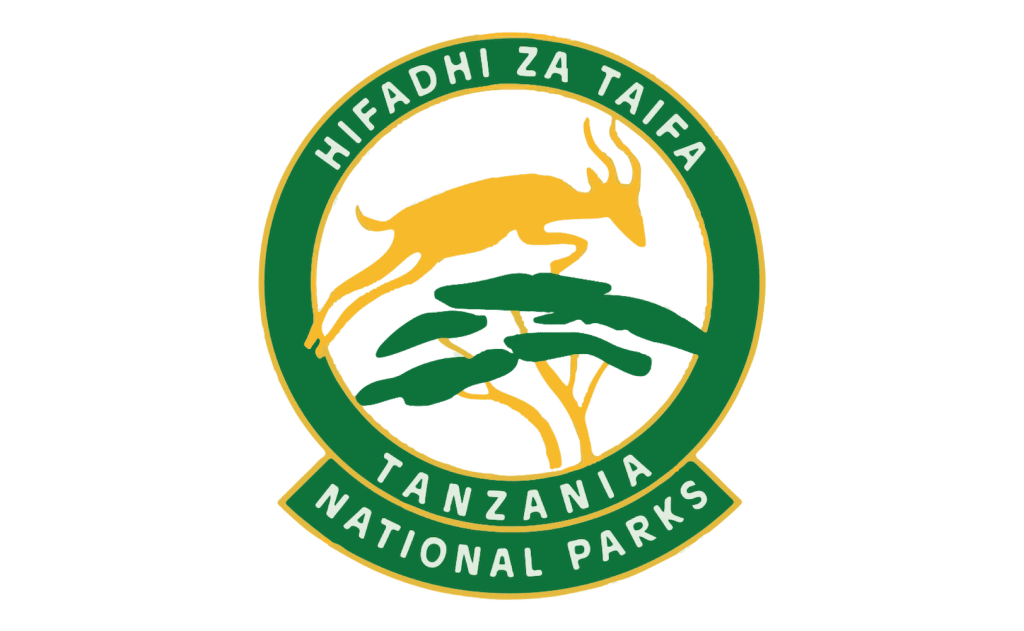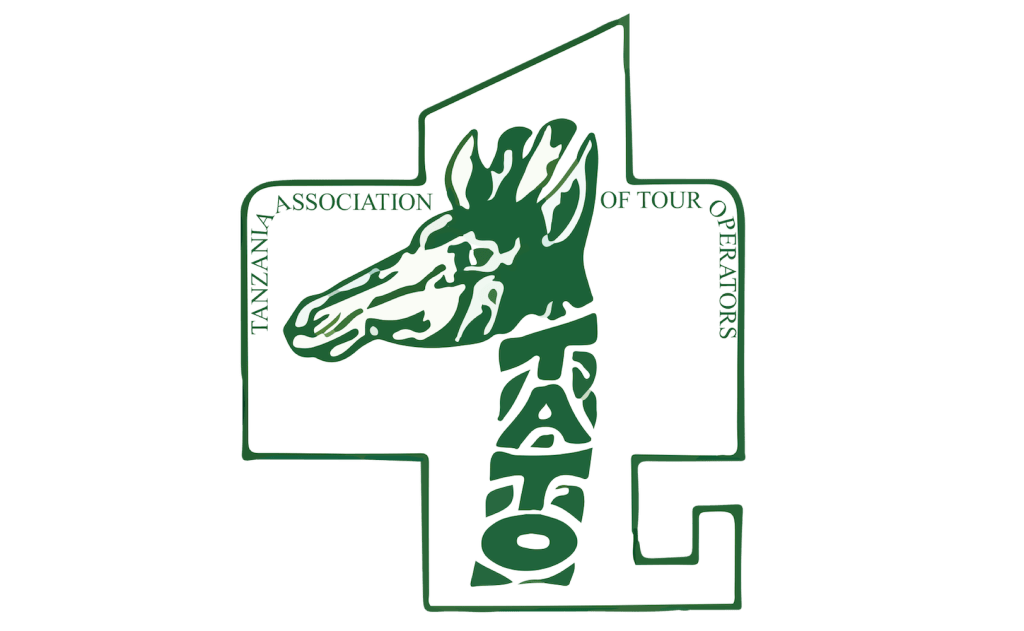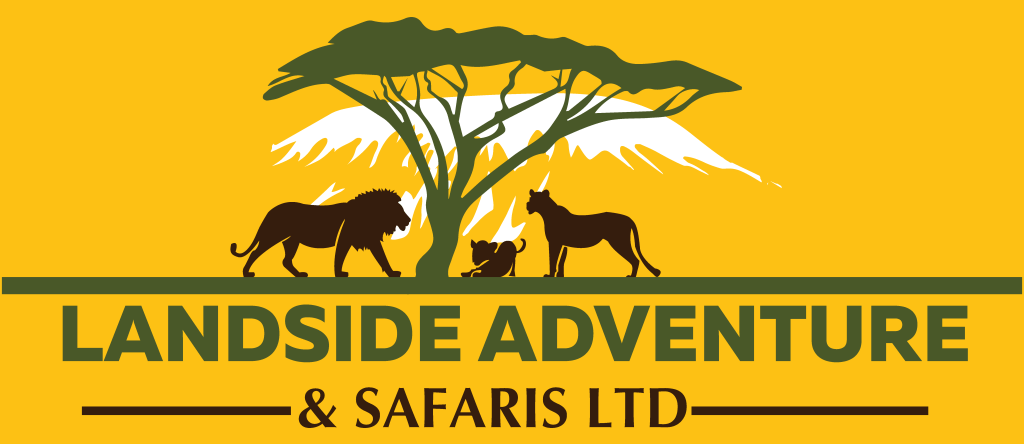Ngorongoro Conservation Area
Size: 8,292 sq km (3201 sq miles)
Established: 1959
Distance from Arusha: 180 km (110 miles)
More Information About Ngorongoro Conservation Area
The Ngorongoro Conservation Area was officially declared a UNESCO World Heritage site in 1979. The area consists of various landscapes and includes dense mountain forests, woodlands, grasslands, lakes and swamps.
Some of the most important archaeological sites in the world, such as Oldupai Gorge and Laetoli can be found in the Ngorongoro Conservation Area. Archaeologists found evidence showing that the area was occupied by hominids over 3 million years ago, thus claiming that it could be the birthplace of mankind.
And then of course there is the Ngorongoro Crater, the largest unbroken, inactive and unfilled caldera in the world. With a diameter of approximately 19 km (12 miles) and its majestic walls that rise just over 610 m (2000 feet), the crater floor covers an area of 260 sq km (100 sq miles). Over 30,000 animals including the rare black rhino call this unique place their home.
Today over 40,000 Masais reside in the area making the Ngorongoro Conservation Area one of the only places in Tanzania where human habitation is allowed within a wildlife protected area. The conservation shares a boundary with the Serengeti National Park and one must drive through the conservation to get to the Serengeti.
Highlights:
The crater floor is covered by various landscapes that range from dense mountain forests and woodlands to grasslands, lakes and swamps. Water sources include the two main rivers, the Munge River in the west and the Lerai River in the east and the Ngotokitok spring that spills into a swamp.
Huge herds of ungulates dominate the crater floor with zebras, wildebeests, elands, Grant’s and Thompson’s gazelles being the species most commonly seen. But the crater is also home to the “big five” and elephants, lions and buffaloes are often spotted.
Leopards are rarely seen as they prefer staying in the forests on the crater rim. The almost extinct black rhino can also be found in the crate and sightings aren’t rare. Serval cats, spotted hyenas and jackals are also often seen while cheetahs are more difficult to spot.
But it is not only mammals that reside in the conservation and great numbers of lesser flamingos can be seen at Lake Magadi, a primarily alkaline lake. Other common birds include ostriches, kori bustards, crowned cranes, white-backed vultures, black kites, cattle egrets, tawny eagles, augur buzzards and many more.
A walk along the Ngorongoro Crater rim accompanied by an armed ranger takes visitors on a path created by livestock, passing moss-covered trees and Masai bomas, offering breath-taking views of the crater below
Arusha National Park
A green jewel and home to the fourth highest mountain in Africa – Mount Meru (4,566 m) and Lake Momela.
Mount Kilimanjaro
Mount Kilimanjaro is the tallest mountain in Africa and the tallest free-standing most beautiful mountain in the world.
Ngorongoro Conservation Area
Ngorongoro Conservation Area is in northern Tanzania. It’s home to the vast, volcanic Ngorongoro Crater and “big 5” game.
Serengeti National Park
Located in the north of the country and shares its northern boundary with the Kenyan Masai Mara Game Reserve
Tarangire National Park
The park has plenty of resident animals although some tend to migrate depending on the time of year.
Zanzibar Island
The spice island of Zanzibar with its interesting history influenced by early Arab traders offers beautiful beaches at the Indian Ocean and beach
Email Address
info@landsideadventures.com
Call
+255 752 633 454
+255 692 406 444




Email Address
info@landsideadventures.com
Call
+255 752 633 454
+255 692 406 444




Email Address
info@landsideadventures.com
Call
+255 752 633 454
+255 784 971 777






